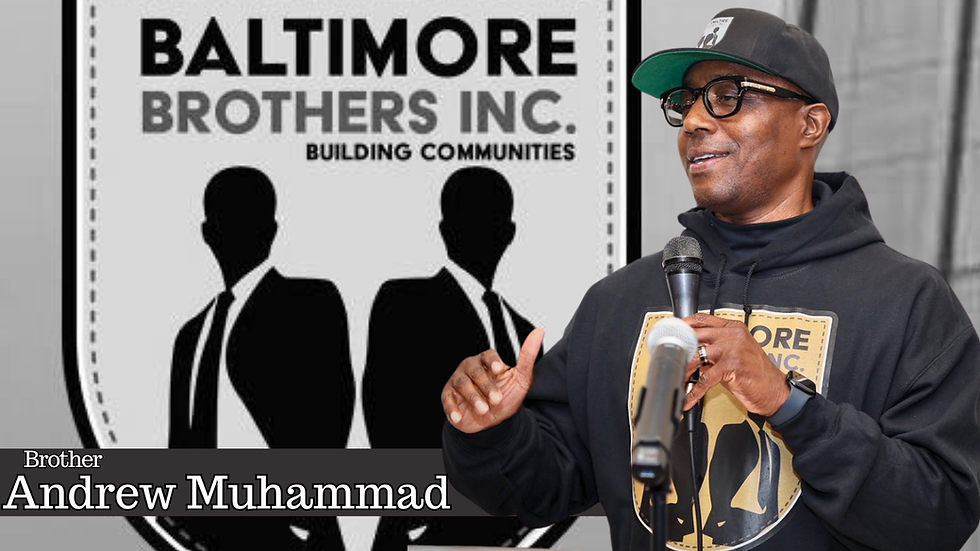“George Foreman, The Last of the Great Boxing Giants”
- Brother Levon X

- Mar 22
- 3 min read

Growing up in the 70s, there was nothing like fight night. It was a family event. Sons, fathers, uncles—everyone gathered around the screen. The room would go quiet just before the bell rang. And when George Foreman stepped into the ring, you knew you were about to witness something special.
He was a force of nature. A gentle giant outside the ropes, but once that bell rang—he rained fear on his opponents. With every swing, you felt the weight of generations. He wasn’t just boxing—he was carrying the legacy of the greats who came before him: Joe Louis, Floyd Patterson, Joe Frazier, and of course, Muhammad Ali. But George Foreman would become the last of that golden era. A true gladiator.
Foreman’s journey began in 1969 with a thunderous knockout—and he didn’t stop. For three straight years, he crushed 36 fighters in a row. Then in 1973, he did what many thought impossible—he took down Smokin’ Joe Frazier to become heavyweight champion of the world. It wasn’t just a win; it was domination.
He defended his title with the same power and precision—first against Joe Roman, then against Ken Norton. But in 1974, the world watched a different kind of battle. In the heart of Africa, under the lights of Kinshasa, Zaire, Foreman met Muhammad Ali in the legendary “Rumble in the Jungle.” Ali may have won that night, but Foreman’s presence was undeniable. That match became one of the most iconic sporting events in history.
Then in 1977, something unexpected happened. After a loss to Jimmy Young, George Foreman had a spiritual awakening. Alone in the dressing room, he says he felt death… and then, life. He left boxing behind, sold his homes, and returned to Houston. But he didn’t disappear—he transformed.
Foreman became a preacher, founding The Church of the Lord Jesus Christ in north Houston. He also established the George Foreman Youth and Community Center, a sanctuary for at-risk youth. For him, it wasn’t about fame—it was about giving back. He remembered the boy he used to be and made it his mission to reach others like him. And still, the champion wasn’t done.
In a comeback that shocked the world, Foreman returned to boxing in his 40s—becoming heavyweight champion once again in 1994 at the age of 45. He did the impossible. Not only did he prove age was just a number, but he reminded the world what greatness really looked like.
Outside the ring, Foreman became a business mogul. The George Foreman Grill wasn’t just a product—it became a household name. He turned his strength into economic power, creating jobs and opportunities in the process.
His work didn’t stop there. He gave back through scholarships, supported HBCUs, and became a sought-after motivational speaker. His story—of pain, power, redemption, and purpose—inspired countless people. He showed that greatness isn’t just about fists and belts—it’s about faith, giving, and growth.
George Foreman isn’t just a sports legend. He’s a symbol of what it means to rise, fall, and rise again with even more power. He didn’t just fight opponents—he fought poverty, doubt, and adversity.
As we celebrate his legacy, we’re not just honoring a fighter—we’re saluting a man who punched through every wall put in front of him, and then built bridges for others to cross.
George Foreman: the last of the greats, and a true champion in every sense of the word.





Comments